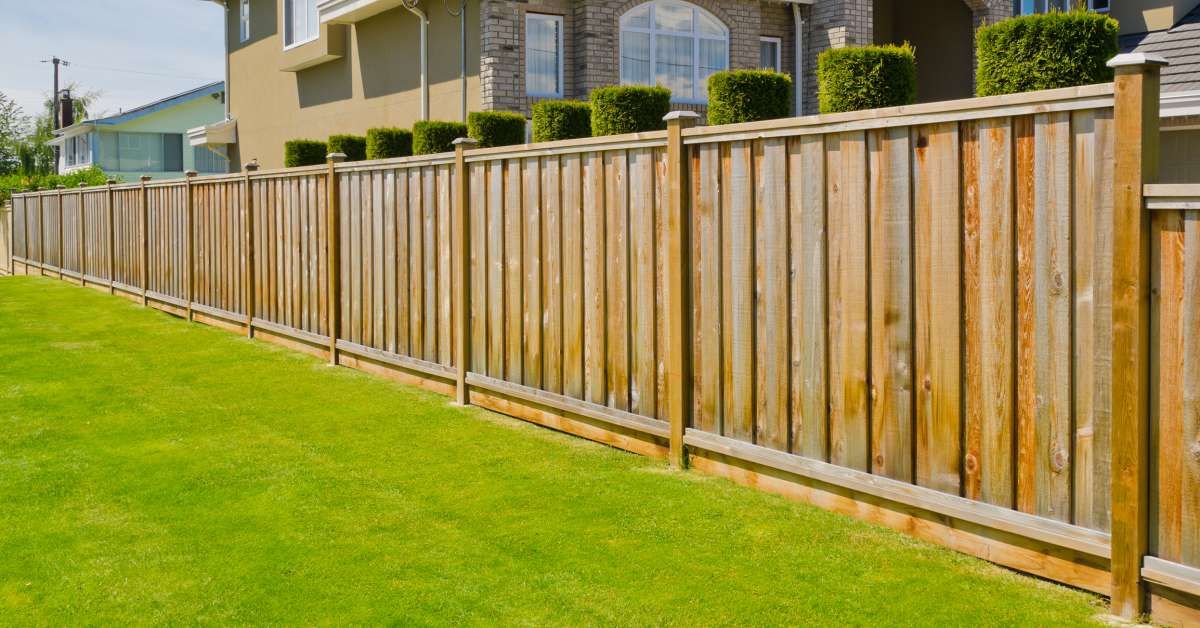

Articles
What Is Board On Board Fence
Modified: December 7, 2023
Discover the benefits and installation process of board on board fences with our informative articles. Enhance your privacy and security with this popular fencing option.
(Many of the links in this article redirect to a specific reviewed product. Your purchase of these products through affiliate links helps to generate commission for Storables.com, at no extra cost. Learn more)
Introduction
When it comes to choosing a fence for your property, there are numerous options available. One popular choice that offers both privacy and aesthetic appeal is a board on board fence. This type of fence provides a classic look while offering enhanced privacy and security. In this article, we will explore the definition, benefits, drawbacks, materials, installation process, maintenance, cost, and comparison of board on board fences with other fence types. By the end, you will have a better understanding of whether a board on board fence is the right choice for your property.
A board on board fence, as the name suggests, is constructed using overlapping boards that are attached vertically to the horizontal rails. Each board is placed adjacent to the previous one, covering the gaps and creating a solid barrier. This design not only provides privacy by blocking the view from outside, but also offers durability, as the overlapping boards create a stronger and more stable fence structure.
One of the key benefits of a board on board fence is the added privacy it offers. The overlapping boards create a solid barrier, preventing onlookers from peering into your property. This is particularly advantageous if you have a backyard where you spend time with family and friends, or if you want to enjoy your outdoor space without feeling exposed.
In addition to privacy, a board on board fence also offers enhanced security. The overlapping design and sturdy construction make it difficult for intruders to climb or penetrate the fence, providing an extra layer of protection for your property.
Another advantage of a board on board fence is its aesthetic appeal. The overlapping boards create a visually appealing pattern that adds character and charm to your property. Whether you opt for a natural wood finish or choose to paint the fence in a color that complements your home’s exterior, a board on board fence can significantly enhance the overall look of your property.
Despite the numerous benefits, it is important to consider the drawbacks of a board on board fence as well. One of the main drawbacks is the cost. Due to the overlapping board design and the amount of material required, board on board fences can be more expensive compared to other types of fences such as chain link or picket fences.
Additionally, the installation process of a board on board fence can be more challenging and time-consuming due to the precise alignment and attachment of the overlapping boards. Hiring a professional fence installer is recommended to ensure a proper and secure installation.
Now that we have discussed the definition, benefits, and drawbacks of a board on board fence, let’s delve into choosing the right materials for this type of fence.
Key Takeaways:
- Board on board fences offer enhanced privacy, security, and aesthetic appeal, making them a versatile and attractive option for homeowners looking to elevate the functionality and appearance of their outdoor spaces.
- While board on board fences may come with drawbacks such as cost and maintenance requirements, their benefits often outweigh these factors, providing a long-lasting and visually appealing solution for property owners seeking privacy and security.
Read more: How To Build Board On Board Fence
Definition of a Board on Board Fence
A board on board fence is a type of privacy fence that is constructed using overlapping vertical boards. The boards are attached to horizontal rails, creating a continuous and solid barrier. Each board is placed adjacent to the previous one, covering the gaps to provide additional privacy and security.
This style of fencing is characterized by its unique design, where the boards are positioned alternately on each side of the fence. When viewed from the front, the fence appears as a solid wall, thanks to the overlapping boards. The overlapping design not only enhances privacy but also adds strength and durability to the fence structure.
The boards used in a board on board fence can be made of various materials, including wood, vinyl, or composite. While wood is the most traditional and commonly used material, vinyl and composite options are gaining popularity due to their low maintenance and longevity.
A board on board fence typically consists of a series of vertical boards that are attached to two or more horizontal rails. The number of rails depends on the height of the fence and the desired level of stability. The boards are often placed with a slight overlap, usually around 1-2 inches, to ensure complete privacy and to prevent any gaps from forming between the boards over time.
Many homeowners choose a board on board fence for its aesthetic appeal. The overlapping boards create an attractive pattern that adds visual interest to the fence and complements the overall design of the property. The choice of materials, the width and thickness of the boards, and the overall height of the fence can be customized to suit individual preferences and architectural styles.
Overall, a board on board fence is known for its combination of privacy, security, and aesthetic appeal. Its solid construction and overlapping design make it a popular choice for homeowners looking to enhance both the functionality and appearance of their outdoor spaces.
Now that we have a clear understanding of what a board on board fence is, let’s explore the benefits that this type of fence offers.
Benefits of a Board on Board Fence
A board on board fence offers several benefits that make it a popular choice among homeowners. From enhanced privacy and security to added aesthetic appeal, this type of fence can greatly elevate the functionality and appearance of your property. Let’s explore the benefits in more detail:
- Privacy: One of the primary benefits of a board on board fence is the enhanced privacy it provides. The overlapping boards create a solid barrier, blocking the view from outside and preventing prying eyes. This is particularly advantageous if you have a backyard or patio where you spend time with family and friends, allowing you to enjoy your outdoor space without feeling exposed.
- Security: Apart from privacy, a board on board fence offers increased security for your property. The overlapping design and sturdy construction make it difficult for intruders to climb over or break through the fence. This added layer of security can give you peace of mind, especially if you have valuable possessions or young children or pets that you want to keep safe within your property.
- Aesthetic Appeal: A board on board fence adds a touch of elegance and visual appeal to your property. The overlapping boards create an attractive pattern that adds character and charm to your outdoor space. Whether you choose a natural wood finish or opt to paint the fence in a color that complements your home’s exterior, a board on board fence can significantly enhance the overall look of your property.
- Durability: With its solid construction and overlapping design, a board on board fence is built to last. The overlapping boards provide extra stability and strength, making the fence more resistant to wear and tear. This durability means that your fence will require fewer repairs or replacements over time, saving you money in the long run.
- Versatility: Board on board fences can be customized to suit your specific needs and preferences. You can choose the type of material, the width and thickness of the boards, and the overall height of the fence to match your desired level of privacy and the architectural style of your property. Whether you have a modern, contemporary home or a more traditional one, a board on board fence can be tailored to seamlessly blend with your surroundings.
Overall, a board on board fence offers a winning combination of privacy, security, aesthetic appeal, durability, and versatility. It not only provides a solid and attractive barrier for your property but also adds value and curb appeal. However, it is important to consider the drawbacks and choose the right materials for your board on board fence, which we will explore in the following sections.
Drawbacks of a Board on Board Fence
While a board on board fence has numerous benefits, it also comes with a few drawbacks that are important to consider before making a decision. These drawbacks include cost, installation complexity, and potential maintenance requirements. Let’s delve into each drawback in more detail:
- Cost: One of the main drawbacks of a board on board fence is the cost. Due to its design and the amount of material required, board on board fences can be more expensive than other types of fences. The cost can vary depending on factors such as the height, length, and the type of material used. It is essential to factor in the budget and compare it with other fence options before making a final decision.
- Installation Complexity: Another drawback of a board on board fence is the complexity of the installation process. The precise alignment and attachment of the overlapping boards require more time and effort compared to other fence types. It is recommended to hire a professional fence installer who has experience with board on board fences to ensure a proper and secure installation.
- Maintenance: While board on board fences are generally durable, they may require regular maintenance to keep them looking their best. Wood board on board fences, in particular, are prone to weathering, rotting, and insect damage over time. Periodic staining or sealing may be necessary to protect the wood and prolong its lifespan. Vinyl or composite board on board fences are low maintenance options that may only require occasional cleaning.
- Weight and Wind Resistance: Board on board fences tend to be heavier compared to other fence types due to the overlapping boards. This additional weight can make them more susceptible to wind damage, especially in areas with strong winds or severe weather conditions. Proper reinforcement and careful installation can help mitigate this drawback and ensure the fence’s stability.
Despite these drawbacks, many homeowners find that the benefits of a board on board fence outweigh the potential downsides. It offers excellent privacy, security, and aesthetic appeal, making it an attractive option for those who value these features in a fence.
Now that we have explored the drawbacks of a board on board fence, let’s move on to choosing the right materials for this type of fence.
Choosing the Right Materials for a Board on Board Fence
When it comes to a board on board fence, choosing the right materials is crucial to ensure durability, longevity, and overall performance. The materials you select will impact the fence’s appearance, maintenance requirements, and cost. Let’s explore some common options and factors to consider when choosing materials for your board on board fence:
- Wood: Wood is a classic and popular choice for board on board fences. Cedar and redwood are commonly used due to their natural resistance to decay, rot, and insect damage. These hardwoods have natural oils and tannins that provide protection and durability. Other types of wood, such as pine or spruce, are also used but may require more regular maintenance, staining, or sealing to protect against weathering. Wood fences can be stained or painted to achieve the desired look and can lend a warm and traditional aesthetic to your property.
- Vinyl: Vinyl board on board fences offer a low maintenance alternative to wood. Vinyl is durable, resistant to rot, insects, and UV rays, and does not require painting or staining. It’s available in various colors and textures, allowing you to customize the appearance of your fence. Vinyl fences are typically more expensive upfront but provide long-term savings on maintenance and upkeep.
- Composite: Composite materials, such as wood-plastic composites or PVC composites, combine the best qualities of wood and vinyl. They offer the natural look of wood with the low maintenance and durability of vinyl. Composite board on board fences are resistant to rot, insects, and fading, and require minimal maintenance. While composite materials can be more expensive than wood or vinyl, they offer longevity and a uniform appearance over time.
- Metal: Metal materials, such as aluminum or steel, can provide a modern and sleek look for a board on board fence. Metal fences are highly durable, weather-resistant, and require minimal maintenance. They can be powder-coated in various colors to match your aesthetic preferences. Keep in mind that metal fences may not offer the same level of privacy as wood, vinyl, or composite options.
When choosing the right materials for your board on board fence, consider factors such as your budget, desired maintenance level, durability, and the overall aesthetic you wish to achieve. It’s also important to check local building codes and regulations to ensure compliance with any restrictions on fence materials or heights.
By selecting the appropriate materials for your board on board fence, you can create a beautiful and long-lasting fence that meets your functional and aesthetic requirements. Now, let’s move on to understanding the installation process of a board on board fence.
A board on board fence is a type of privacy fence where the boards are placed in an overlapping pattern, providing complete privacy and a visually appealing look. It is a great option for creating a private outdoor space.
Read more: What Is A Cornhole Board?
Installation Process of a Board on Board Fence
The installation process of a board on board fence requires careful planning and attention to detail to ensure a sturdy and visually appealing result. While it is recommended to hire a professional fence installer for a seamless installation, here is an overview of the general steps involved in installing a board on board fence:
- Survey and Marking: Start by surveying the area where the fence will be installed. Clearly mark the boundaries and determine the fence’s height and layout. Consider any local regulations or restrictions regarding fence height or setback requirements.
- Clearing and Preparation: Clear the area of any vegetation, debris, or obstructions that may interfere with the fence installation. Ensure that the ground is level and free from any rocks or large roots that could affect the fence’s stability.
- Installing the Fence Posts: Begin by installing the fence posts. Dig holes deep enough to accommodate approximately one-third of the post’s length, ensuring proper stability. It’s recommended to use pressure-treated or rot-resistant posts. Set each post in the hole, making sure they are evenly spaced and aligned with the desired fence layout. Use a level to ensure the posts are plumb and adjust as needed.
- Attaching Rails: Once the fence posts are in place and set, attach the horizontal rails to provide structural support for the fence. The number of rails will depend on the height of the fence and the desired level of stability. Use rust-resistant screws or nails to secure the rails to the fence posts, ensuring they are level and evenly spaced.
- Attaching the Vertical Boards: With the rails in place, it’s time to attach the vertical boards to create the board on board effect. Start at one end of the fence and place the first board vertically against the first set of rails. Secure it to the rails using screws or nails, ensuring it is level and plumb. Continue attaching the remaining boards one by one, placing them adjacent to the previous one and overlapping by about 1-2 inches to provide privacy and a seamless appearance.
- Finishing Touches: Once all the boards are installed, inspect the fence for any loose screws or nails and tighten them if necessary. Trim any excess length from the top of the fence posts if desired. If you are using a wood fence, consider applying a sealant or stain to protect the wood and enhance its longevity and appearance.
It’s important to note that the installation process may vary depending on the specific design, materials, and local regulations. Hiring a professional fence installer will ensure that the fence is installed correctly and efficiently, saving you time and effort.
Now that the board on board fence is installed, it’s essential to understand the proper maintenance and care required to keep the fence in optimal condition, which we will explore next.
Maintenance and Care for a Board on Board Fence
Maintaining a board on board fence is essential to ensure its longevity, structural integrity, and appearance. Regular maintenance and care will help protect the fence from the elements and preserve its aesthetic appeal. Here are some important maintenance tips to consider:
- Cleaning: Regularly clean your board on board fence to remove dirt, debris, and built-up grime. Use a gentle detergent mixed with water and a soft brush or cloth to scrub the surface of the fence. Rinse thoroughly with water afterward. Avoid using harsh chemicals or abrasive cleaners that could damage the materials of the fence.
- Inspect for Damage: Routinely inspect your fence for any signs of damage, such as loose boards, cracks, or rot. Promptly repair or replace any damaged boards, rails, or posts to maintain the fence’s stability and structural integrity.
- Sealing and Staining: If you have a wood board on board fence, consider applying a sealant or stain to protect the wood from moisture, UV rays, and insect damage. This will help extend the life of the wood and maintain its natural beauty. Follow the manufacturer’s instructions for application and reapplication of the sealant or stain.
- Trim Vegetation: Trim any nearby vegetation, especially vines and bushes, that could grow onto the fence and potentially damage it. Also, ensure that grass or plants are kept away from the base of the fence to prevent moisture buildup and rot.
- Inspect and Secure Hardware: Regularly check the screws, nails, or other fasteners used in your fence for any signs of rust, loosening, or damage. Tighten or replace any hardware as needed to ensure the fence remains secure and stable.
- Protect Against Moisture: Moisture is one of the main contributors to damage in wood board on board fences. To prevent moisture-related issues, ensure that sprinklers or irrigation systems are directed away from the fence. Additionally, maintain proper drainage in the surrounding area to prevent water buildup near the fence.
Following these maintenance guidelines will help prolong the life of your board on board fence and keep it looking its best. Regular care and attention will ensure that the fence continues to provide privacy and protection for years to come.
Now that we have covered the maintenance aspect, it is essential to understand the cost considerations of installing a board on board fence, which we will explore in the next section.
Cost of a Board on Board Fence
The cost of installing a board on board fence can vary depending on several factors, including the materials used, the height and length of the fence, labor costs, and any additional features or customization. It’s important to consider these factors when budgeting for your fence project. Here are some cost considerations to keep in mind:
- Materials: The type of materials you choose for your board on board fence will significantly impact the overall cost. Wood is generally the most affordable option, with prices varying based on the type of wood used, such as cedar or redwood. Vinyl and composite materials tend to be more expensive upfront but offer long-term savings on maintenance and replacement costs.
- Size and Height: The size and height of the fence will also affect the cost. A larger fence requires more materials and labor, resulting in higher overall costs. Additionally, taller fences may require additional support structures, such as larger posts or more rails, to ensure stability.
- Labor Costs: Hiring a professional fence installer will add to the total cost of the project. The complexity of a board on board fence installation may require specialized skills and equipment, contributing to higher labor costs. However, professional installation ensures a proper and secure fence that will last for years to come.
- Additional Features: If you opt for any additional features or customization, such as decorative post caps or intricate designs, it will increase the overall cost of the fence. These features can add a unique touch to your fence but should be considered within your budget.
- Location and Accessibility: The location and accessibility of your property can influence the cost of the fence installation. Challenging terrain, difficult access, or the need for additional work, such as clearing vegetation or removing existing fences, can add to the overall cost.
As an estimated range, the cost of a board on board fence can range from $20 to $50 per linear foot, depending on the factors mentioned above. It’s advisable to obtain quotes from multiple fence contractors to get an accurate estimate specific to your project and location.
Remember that while the upfront cost of a board on board fence may be higher compared to other fence types, the benefits of increased privacy, security, and aesthetic appeal may outweigh the financial investment in the long run.
Now that we have discussed the cost considerations of a board on board fence, let’s move on to comparing it with other fence types.
Comparison of Board on Board Fence with Other Fence Types
When choosing the right fence for your property, it’s important to consider the various options available and compare them based on their features and benefits. Let’s explore how a board on board fence compares to other popular fence types:
- Board on Board Fence vs. Chain Link Fence: Unlike a chain link fence, a board on board fence provides enhanced privacy and aesthetic appeal. It creates a solid barrier, blocking the view from outside and offering more seclusion. Chain link fences, on the other hand, are more affordable and require less maintenance, but they lack the privacy and aesthetic features of a board on board fence.
- Board on Board Fence vs. Picket Fence: While both board on board fences and picket fences offer visual appeal, they have distinct differences. A board on board fence provides more privacy due to the overlapping boards, whereas a picket fence allows for more visibility. The choice between the two depends on the desired level of privacy and the overall aesthetic you want to achieve.
- Board on Board Fence vs. Privacy Fence: A privacy fence is designed to provide maximum privacy and security, similar to a board on board fence. However, the construction of a board on board fence with overlapping boards offers added durability and strength. A privacy fence can be constructed using various materials, such as wood, vinyl, or composite, giving you options to consider based on your preferences and budget.
- Board on Board Fence vs. Split Rail Fence: A split rail fence is a more rustic and open style of fence compared to a board on board fence. Split rail fences are typically used for decorative purposes or to define property boundaries rather than providing privacy or security. If your primary goal is privacy, a board on board fence would be a more suitable choice.
Ultimately, the choice between a board on board fence and other fence types depends on your specific needs, preferences, and budget. Consider factors such as desired privacy level, aesthetics, maintenance requirements, and overall functionality when making your decision.
Now that we have compared a board on board fence with other fence types, let’s conclude our discussion.
Read more: What Is Insulation Board
Conclusion
Choosing the right fence for your property is an important decision that requires careful consideration of your needs, preferences, and budget. A board on board fence offers numerous benefits, including enhanced privacy, security, aesthetic appeal, and durability. With its overlapping board design, this type of fence creates a solid barrier, preventing onlookers from peering into your property while adding a touch of elegance to your outdoor space.
While there are some drawbacks to consider, such as the cost and maintenance requirements, the benefits of a board on board fence often outweigh these factors. By selecting the right materials, hiring a professional for installation, and practicing proper maintenance and care, you can ensure a long-lasting and visually appealing fence for your property.
When comparing a board on board fence to other fence types, it’s important to assess the specific features and benefits that are most important to you. Consider factors such as privacy, aesthetics, maintenance, and cost to make an informed decision.
Whether you choose a board on board fence, a chain link fence, a picket fence, or any other type, investing in a well-designed and properly installed fence can significantly enhance the functionality, security, and overall value of your property.
In conclusion, a board on board fence is a versatile and attractive option that provides the privacy and security you desire while adding visual appeal to your outdoor space. It’s important to research and plan carefully before embarking on a fence installation project to ensure the best results for your specific needs. By understanding the definition, benefits, drawbacks, materials, installation process, maintenance, cost, and comparison of board on board fences with other fence types, you can make an informed decision and create a beautiful and functional fence that will stand the test of time.
Frequently Asked Questions about What Is Board On Board Fence
Was this page helpful?
At Storables.com, we guarantee accurate and reliable information. Our content, validated by Expert Board Contributors, is crafted following stringent Editorial Policies. We're committed to providing you with well-researched, expert-backed insights for all your informational needs.
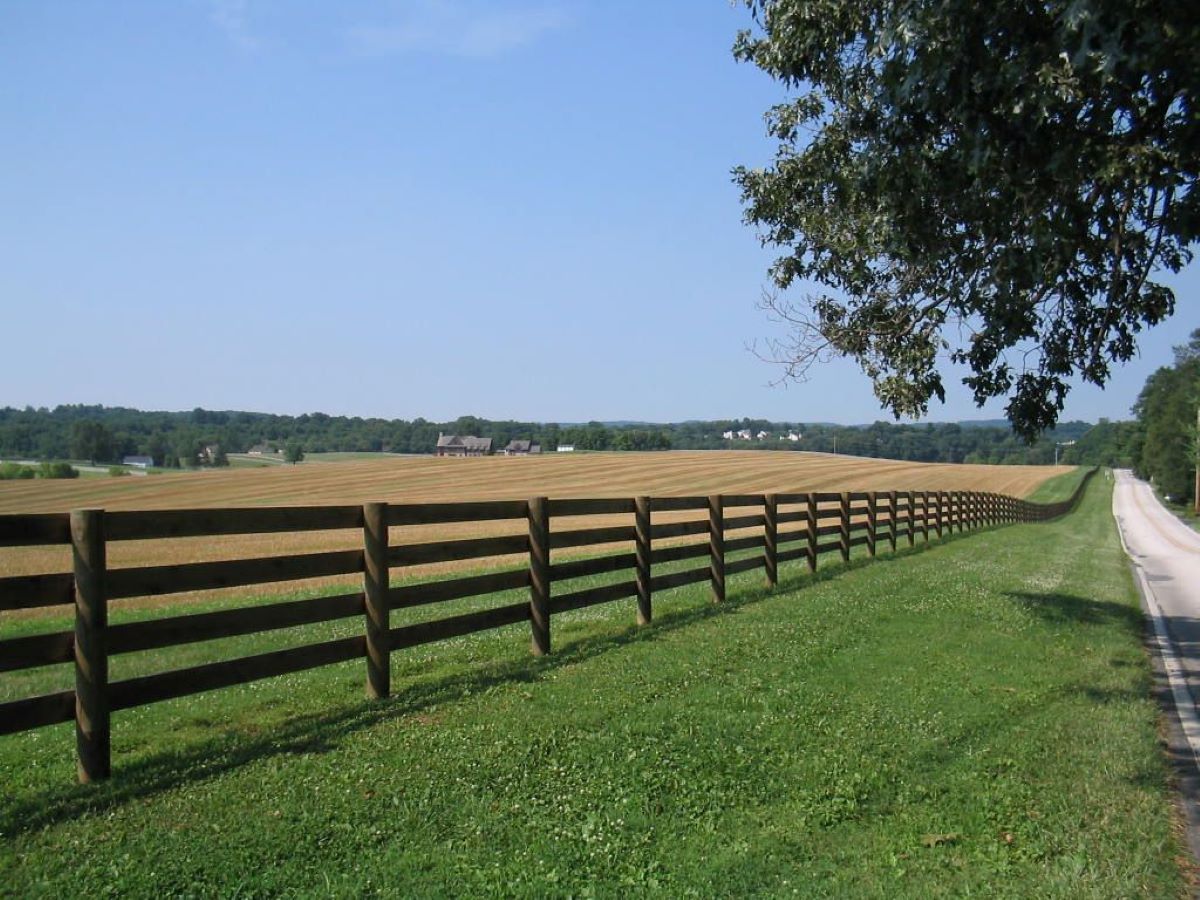
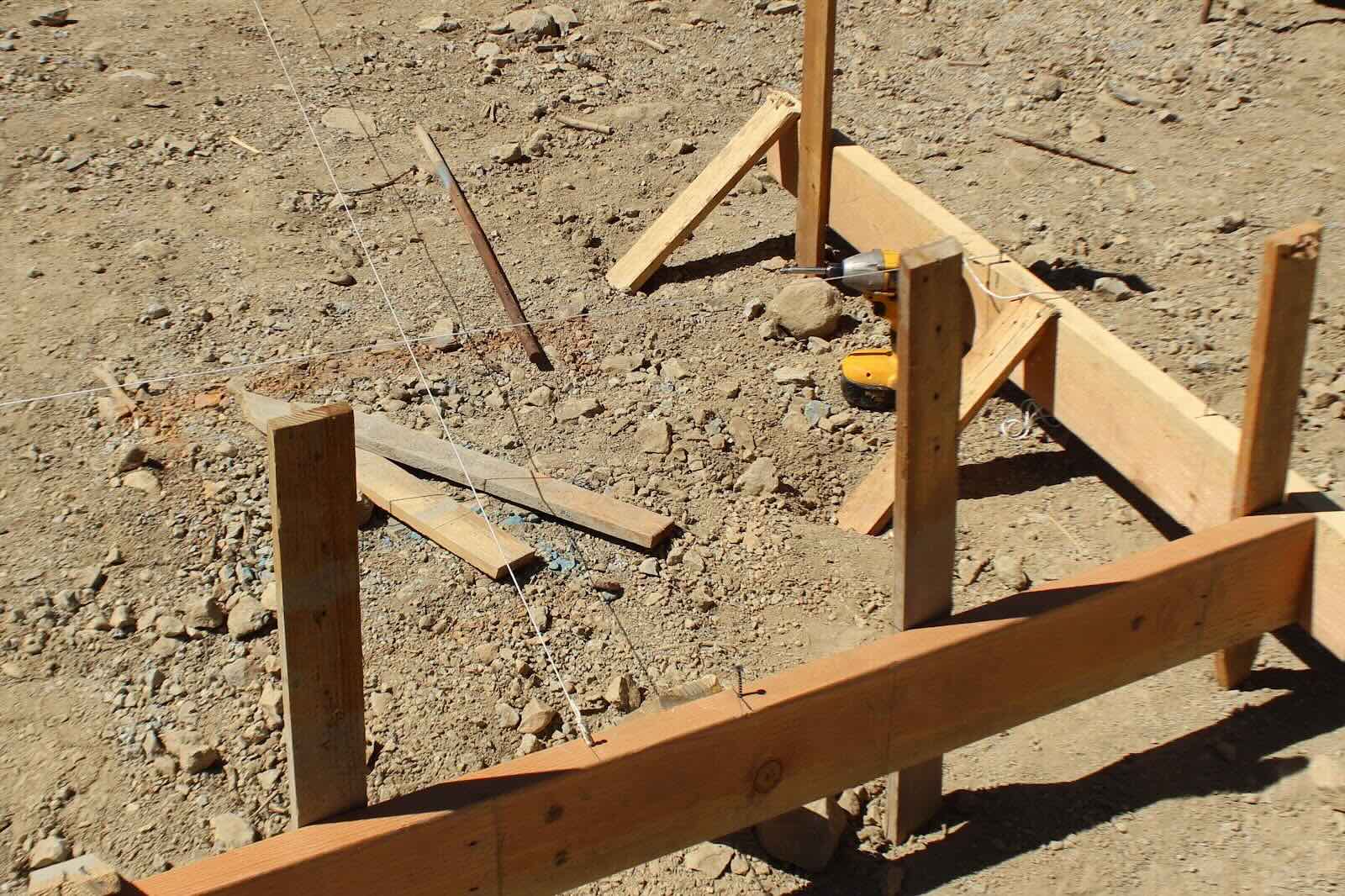
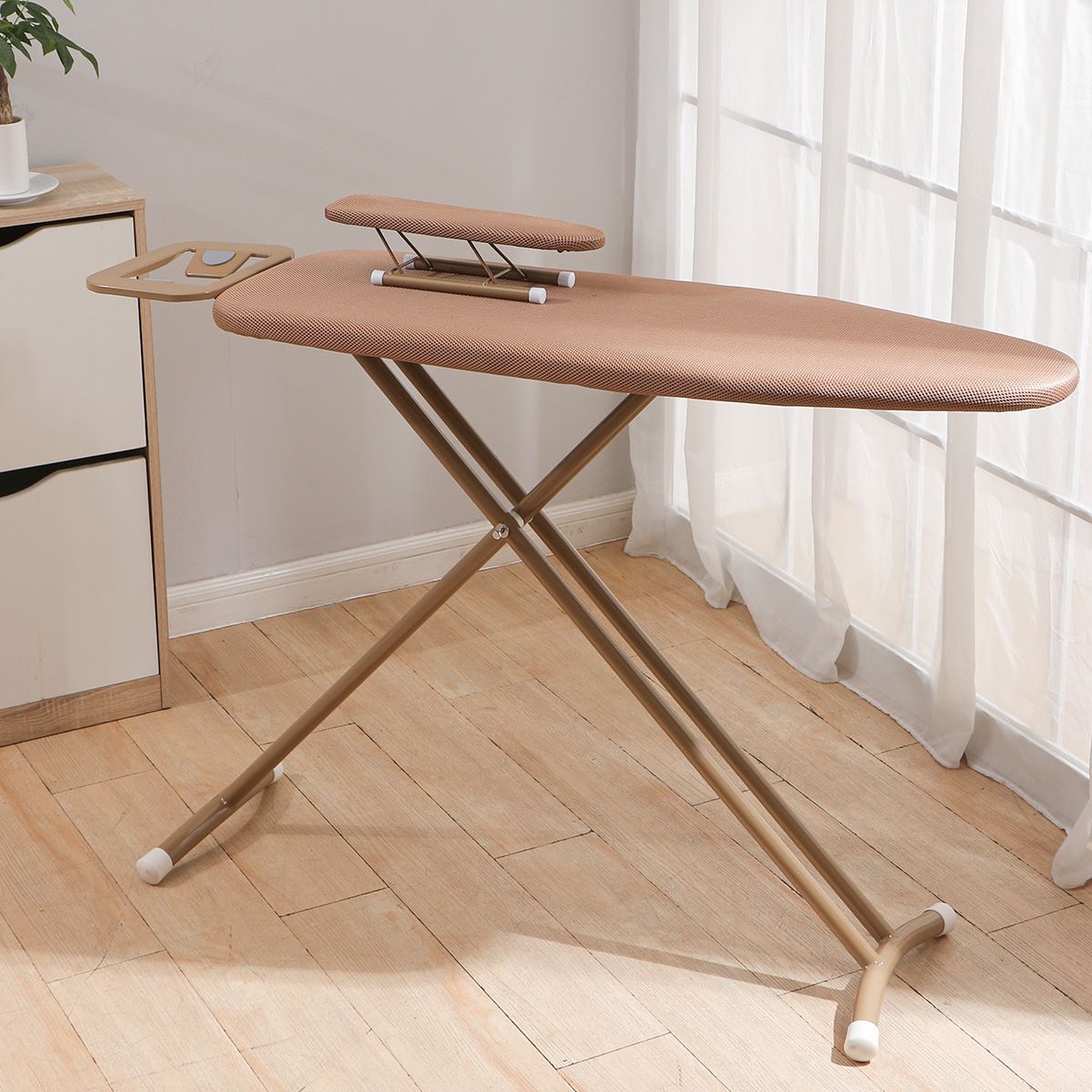
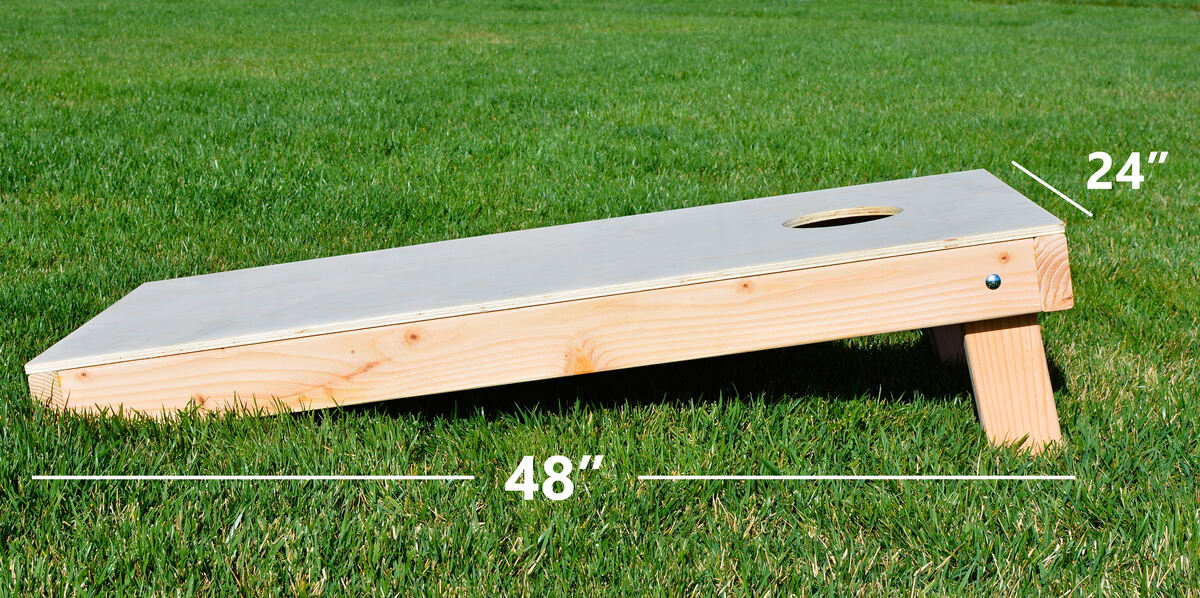
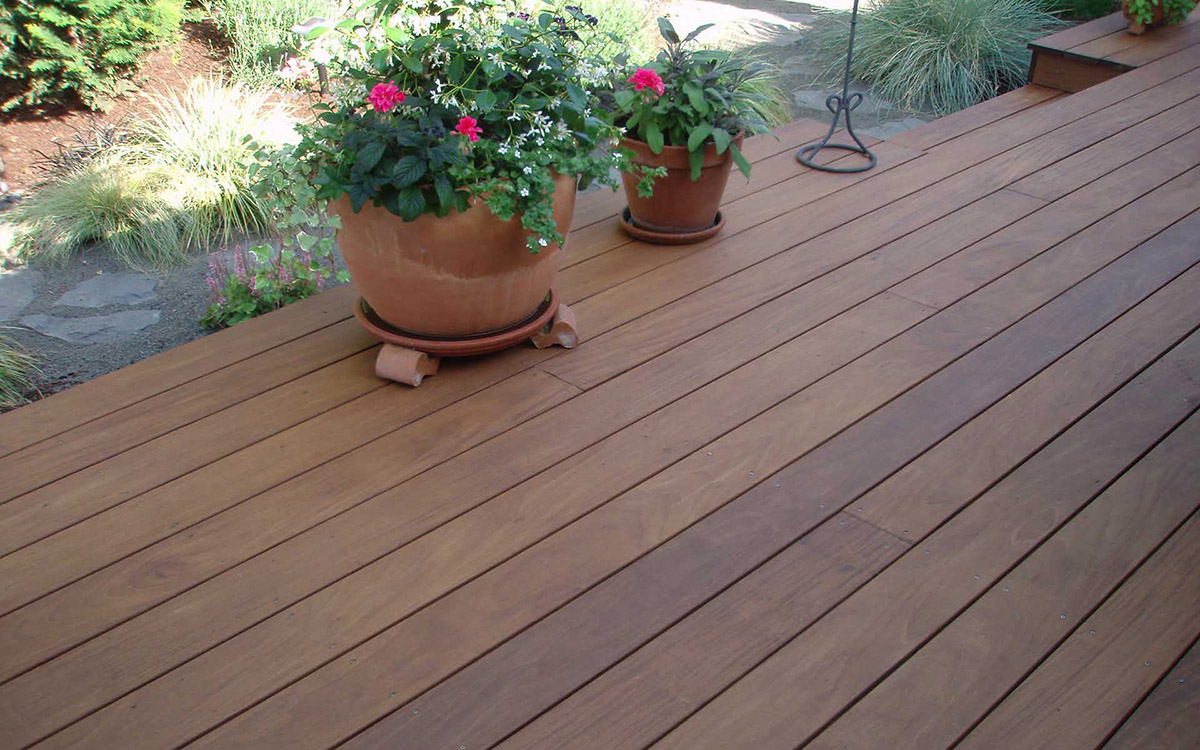
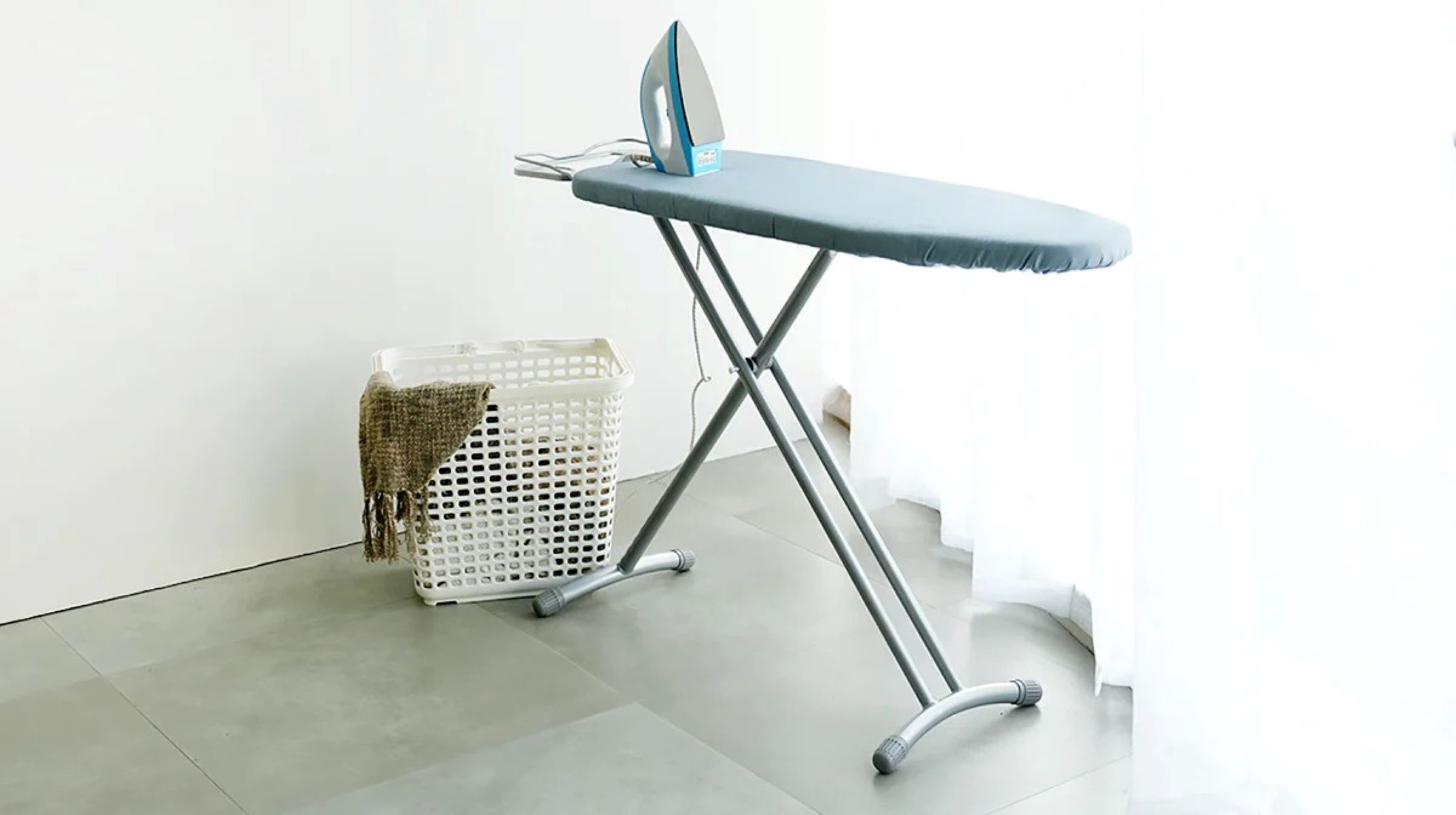
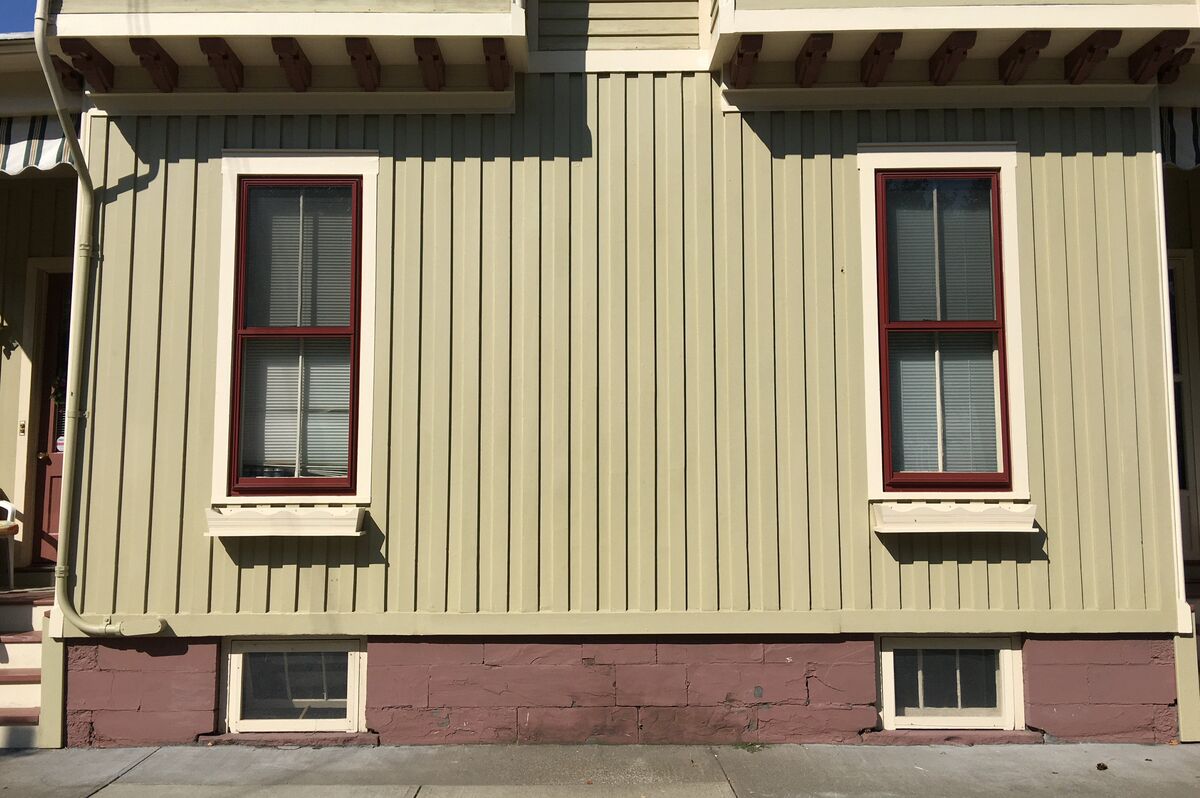
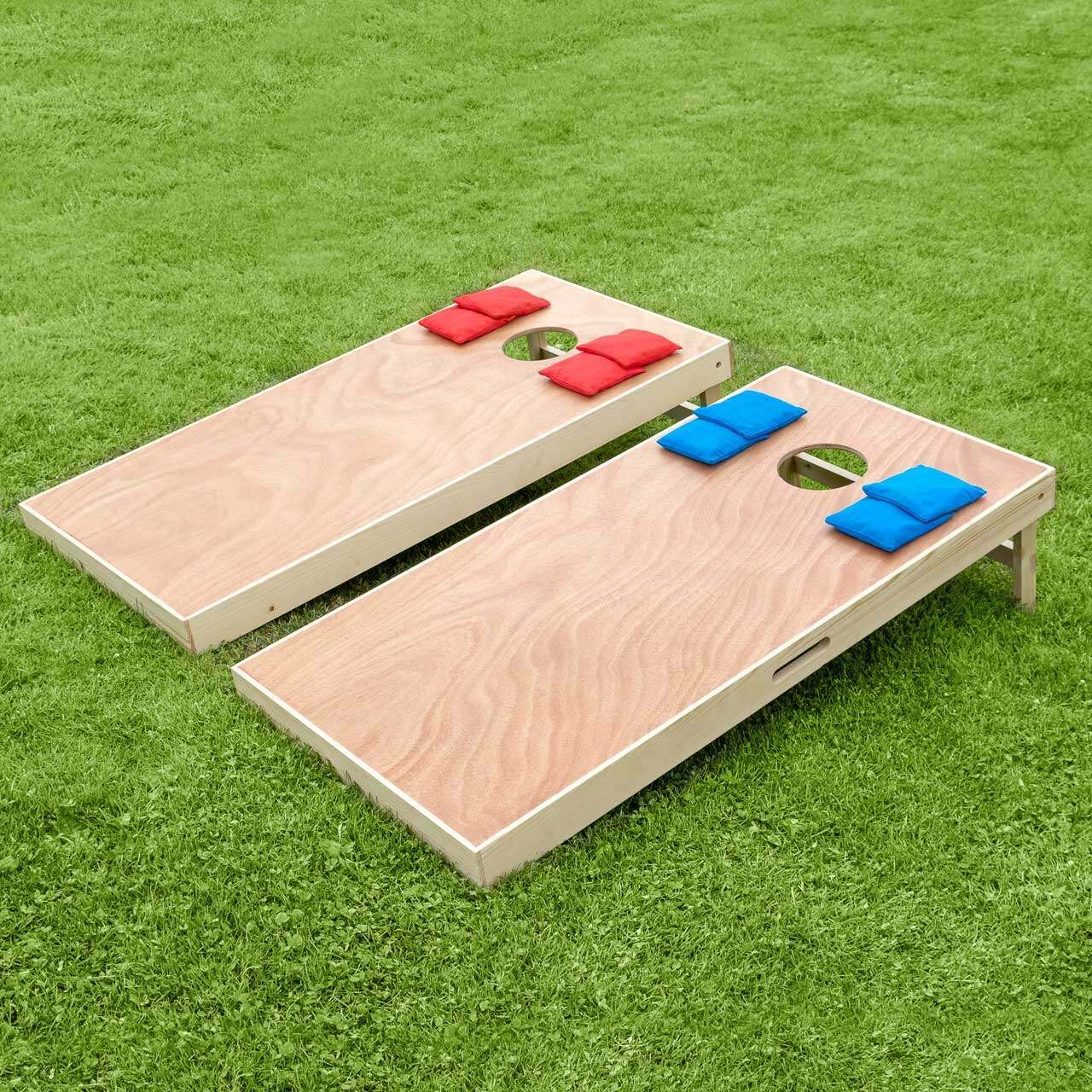
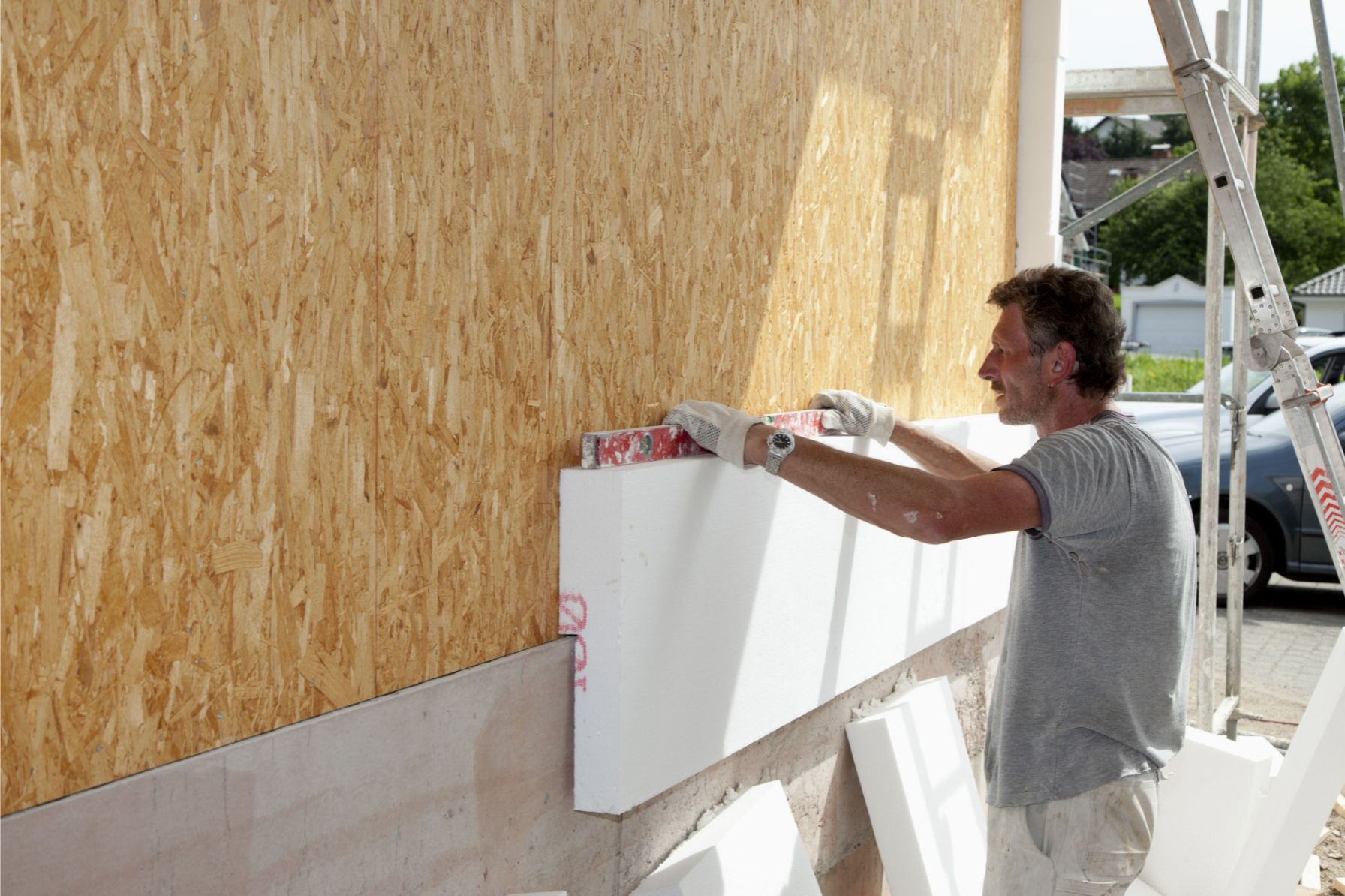
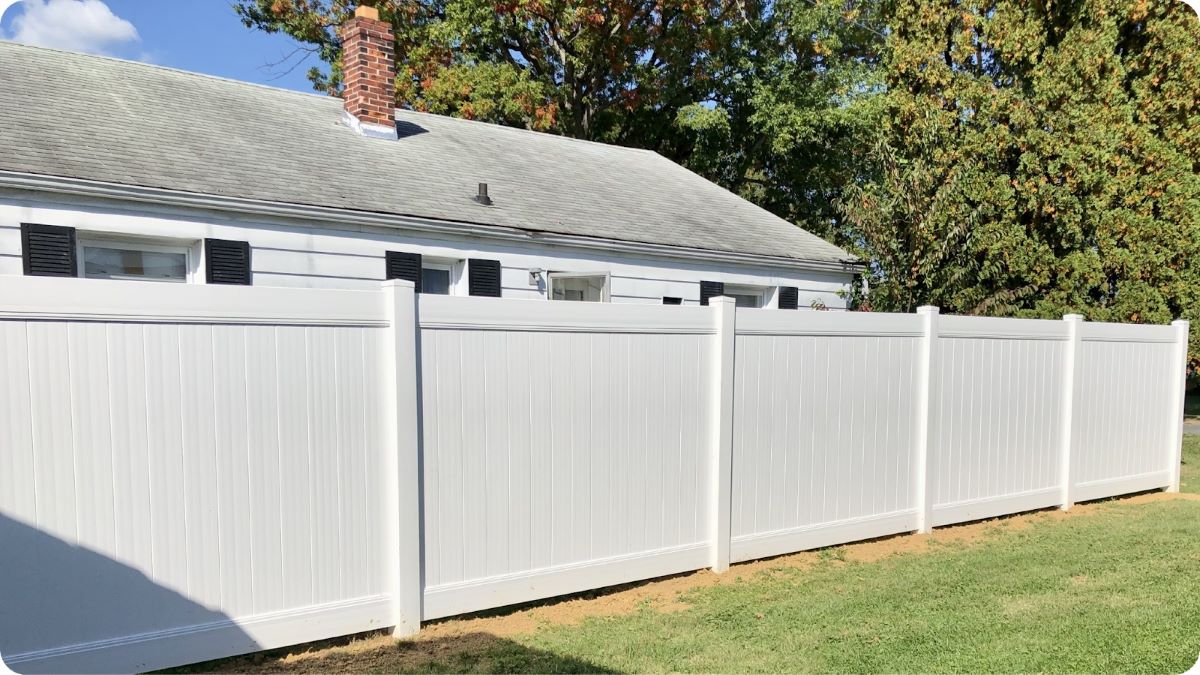
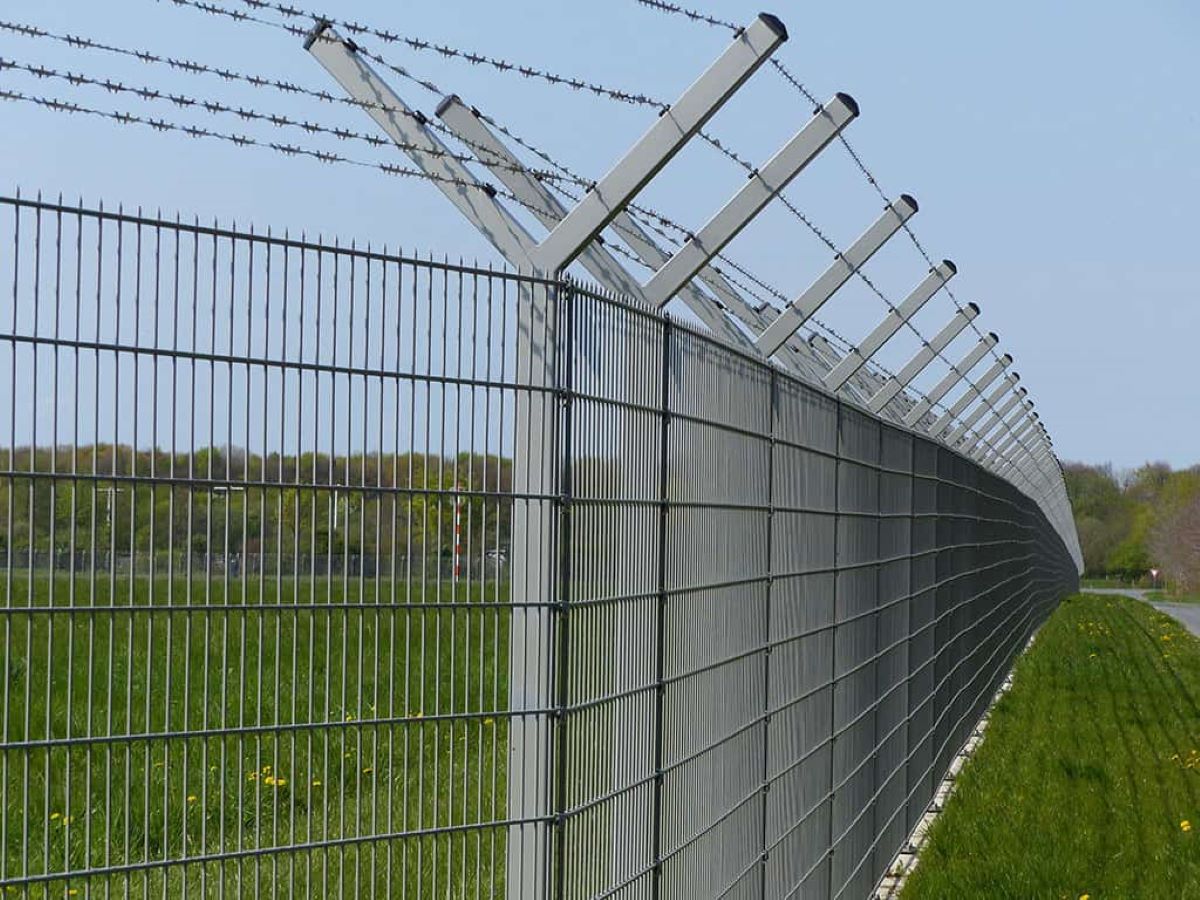
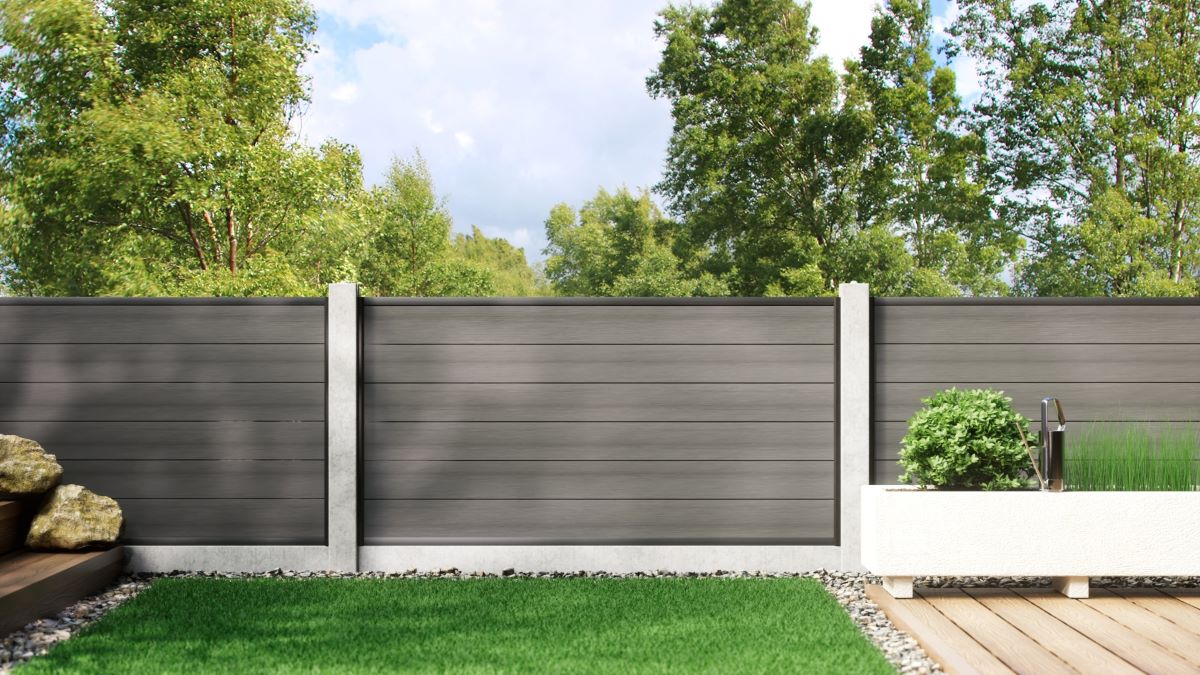
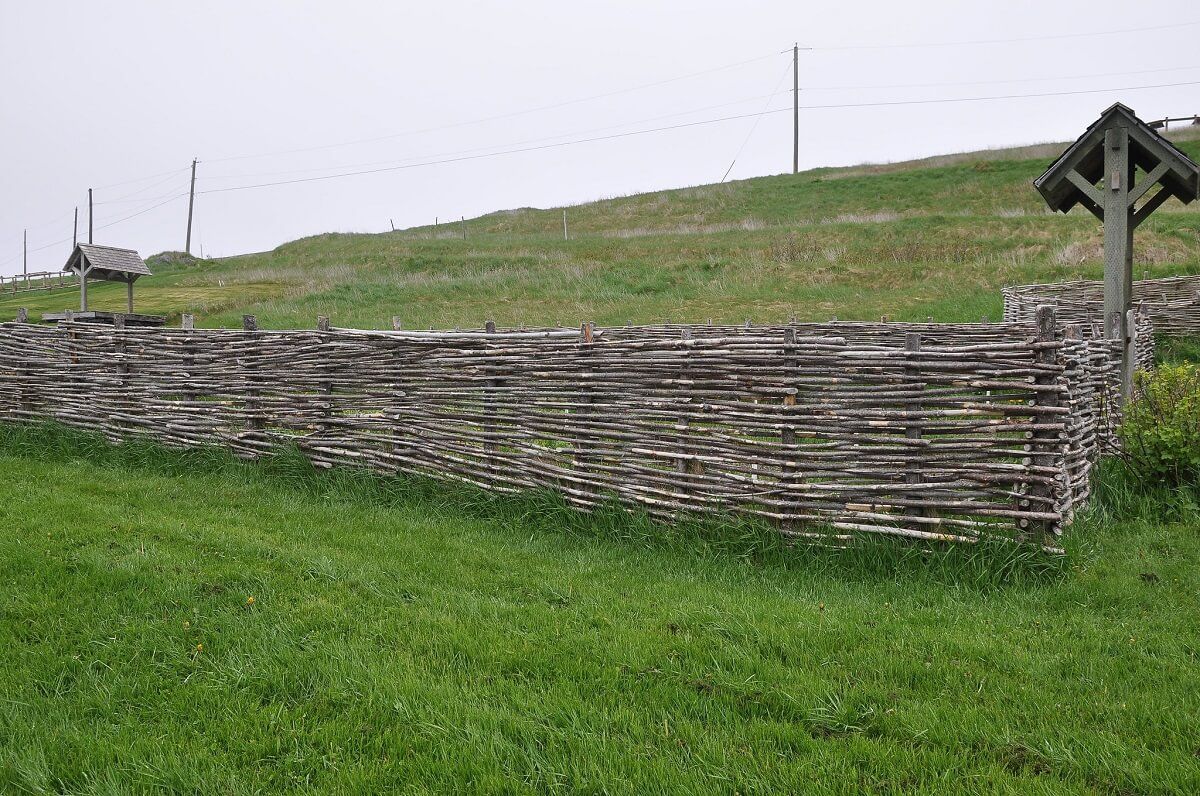

0 thoughts on “What Is Board On Board Fence”